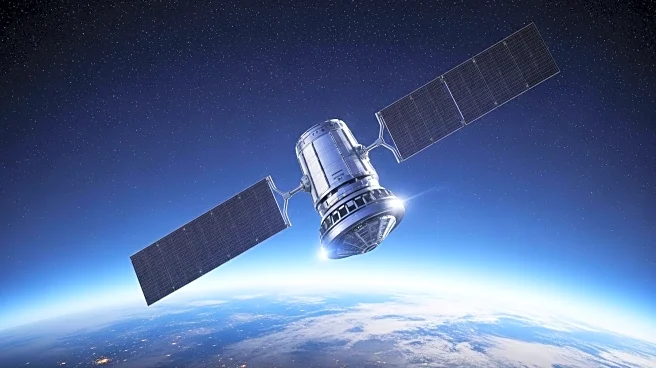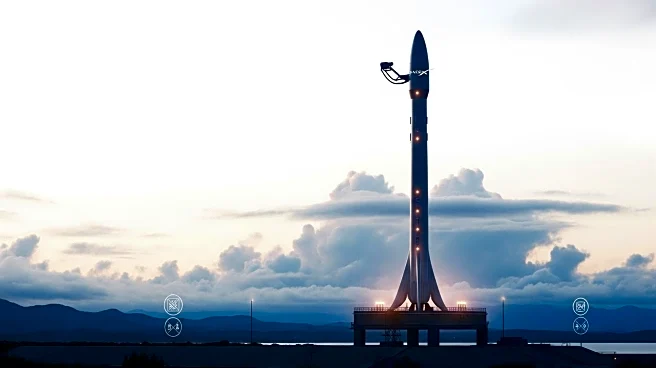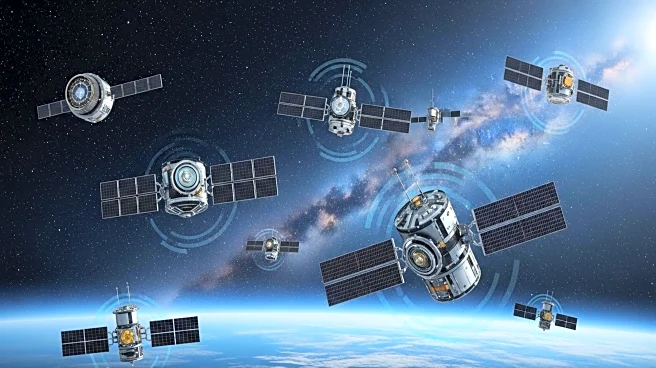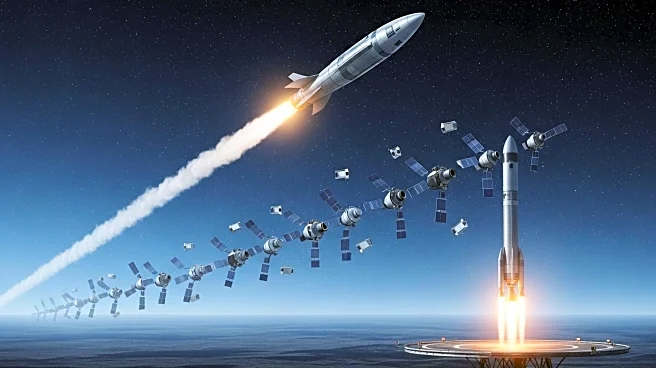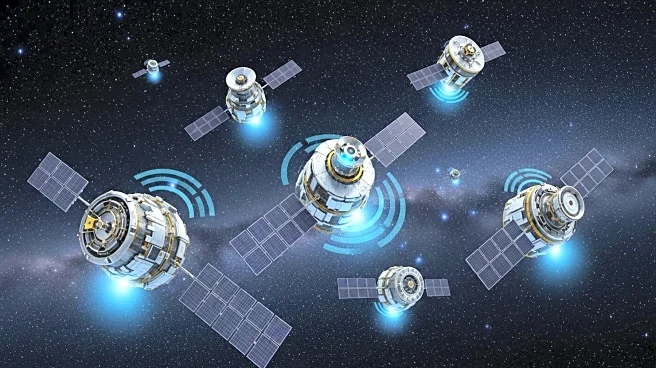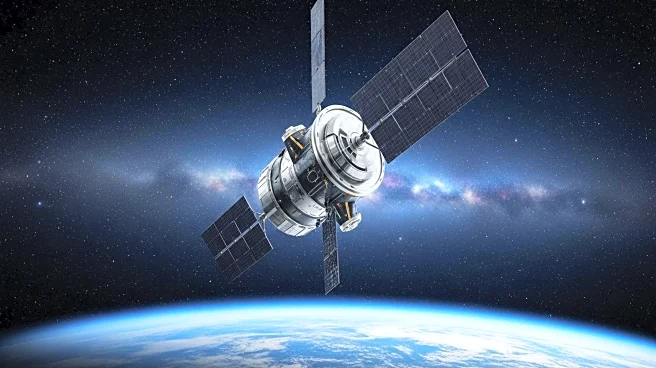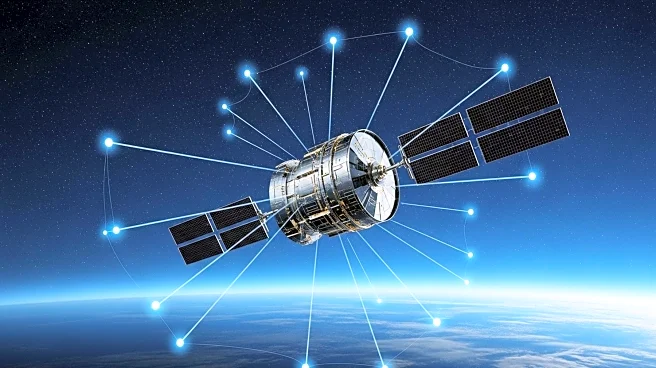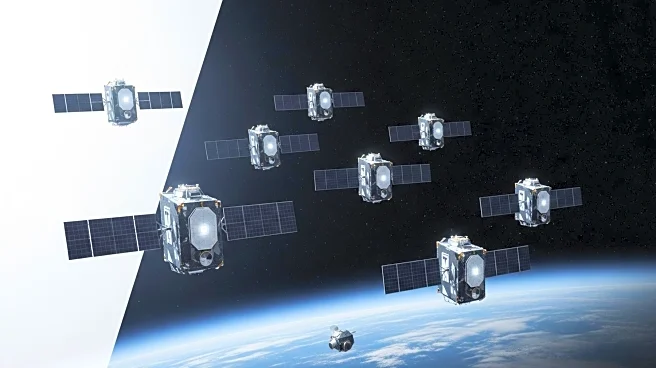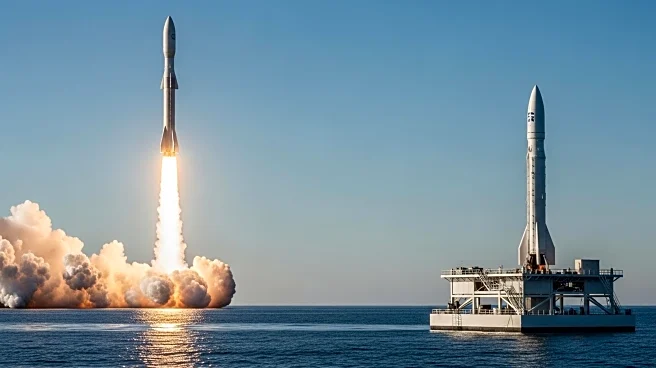What's Happening?
SpaceX has successfully launched 28 additional Starlink satellites from California, further expanding its constellation to over 8,500 satellites. This launch is part of SpaceX's ongoing efforts to provide global internet coverage through its Starlink network. The expansion aims to enhance internet connectivity in remote and underserved areas worldwide. SpaceX's Starlink project has been a significant player in the satellite internet industry, offering high-speed internet access to regions with limited infrastructure. The recent launch marks another milestone in SpaceX's ambitious plan to create a comprehensive satellite network capable of delivering reliable internet services globally.
Why It's Important?
The expansion of SpaceX's Starlink network is crucial for improving internet access in remote and rural areas, potentially bridging the digital divide. By increasing the number of satellites, SpaceX can offer more stable and faster internet connections, which is vital for economic development, education, and communication in underserved regions. The growth of satellite internet services like Starlink also poses competitive challenges to traditional internet service providers, potentially driving innovation and reducing costs for consumers. Furthermore, the increased satellite coverage can support various industries, including agriculture, logistics, and emergency services, by providing reliable connectivity in areas where terrestrial networks are unavailable.
What's Next?
SpaceX plans to continue launching additional satellites to further expand the Starlink network, aiming to achieve near-global coverage by the end of the decade. The company is also working on improving the technology and infrastructure to enhance service quality and reduce latency. As the network grows, SpaceX may face regulatory challenges and competition from other satellite internet providers. Additionally, the company is exploring partnerships with governments and organizations to facilitate the deployment of Starlink services in regions with critical connectivity needs. The ongoing expansion will likely lead to increased adoption of satellite internet services, influencing market dynamics and consumer choices.
Beyond the Headlines
The rapid expansion of satellite networks like Starlink raises concerns about space debris and the long-term sustainability of satellite operations. As more satellites are launched, the risk of collisions and the accumulation of space debris become significant issues that need to be addressed through international cooperation and regulation. Additionally, the deployment of satellite internet services can have cultural and social impacts, as increased connectivity may influence local communities and economies. The integration of satellite internet into daily life could lead to shifts in communication patterns, access to information, and global interactions, highlighting the need for ethical considerations and responsible usage.

